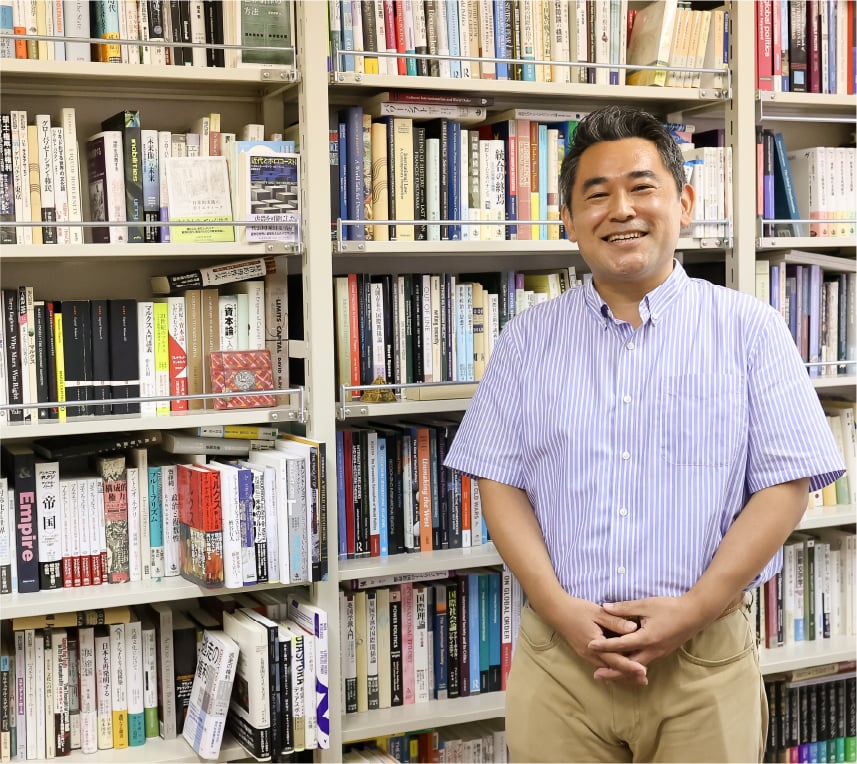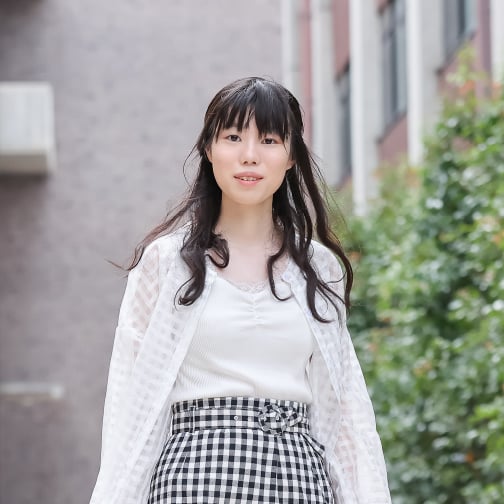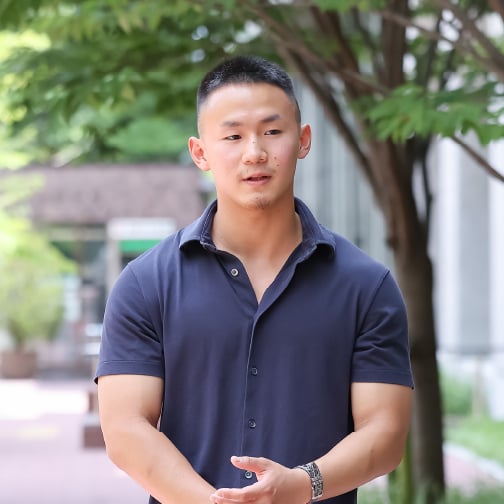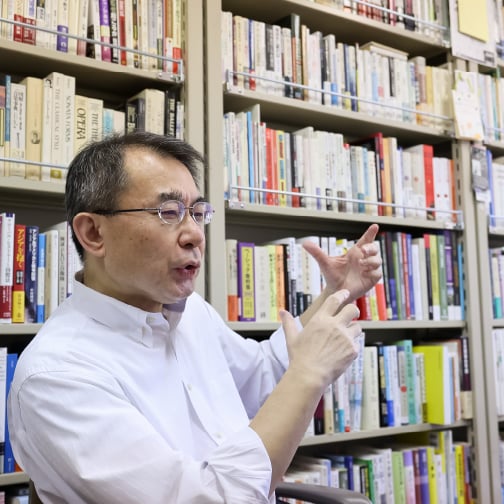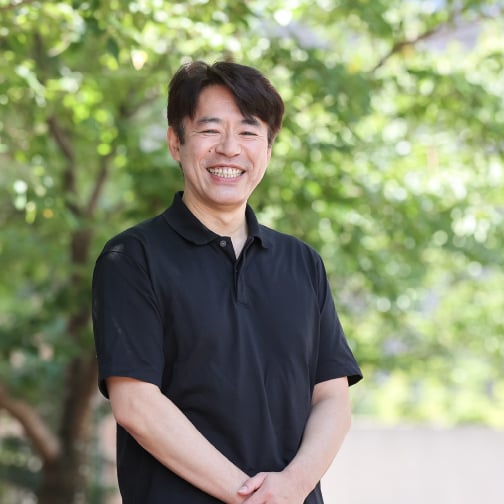that students study in JDP?
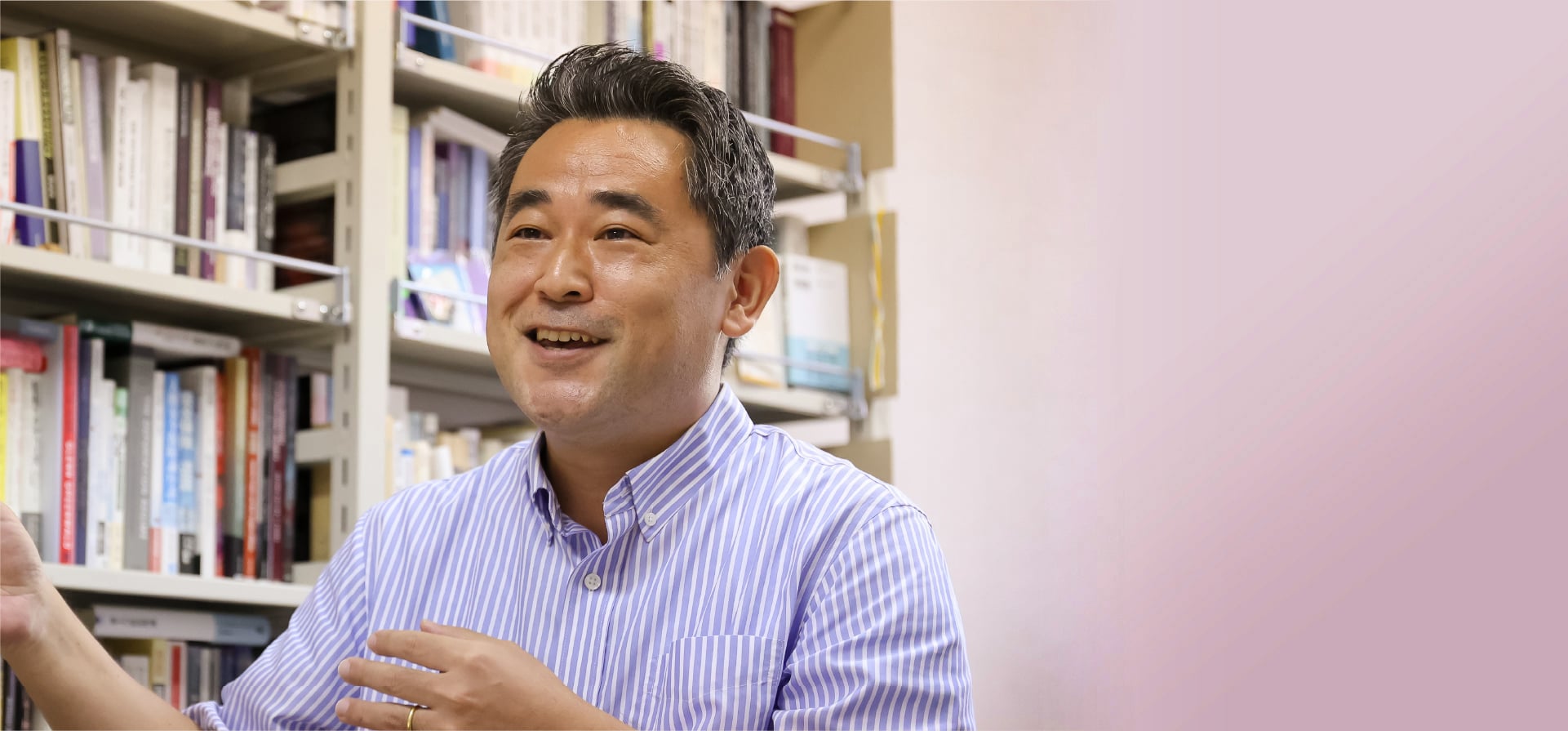
On the Joint Degree Program (JDP), students spend four years studying Global International Relations (GIR). What do students learn from GIR and how is it different from traditional International Relations (IR)? To answer this question, we spoke to Associate Professor Hiroaki Ataka, who is an expert in critical International Relations theory.
Global International Relations:
An approach that arose from
criticisms of Relations
GIR takes a critical approach to IR, but what is IR? IR is a discipline that was born in Europe after World War I and developed in the United States after World War II. Given this history, it was grounded primarily in the experiences and history of Europe, and the field evolved by seeking to understand the relationships between states mainly in terms of war and peace. As research in IR progressed, however, scholars began to examine the relationships between countries/entities in more comprehensive terms by looking at topics such as culture, economics, and religion instead of just politics. These topics could not be addressed from the conventional Western (i.e., European) standpoint alone, and this, in turn, gave rise to GIR.
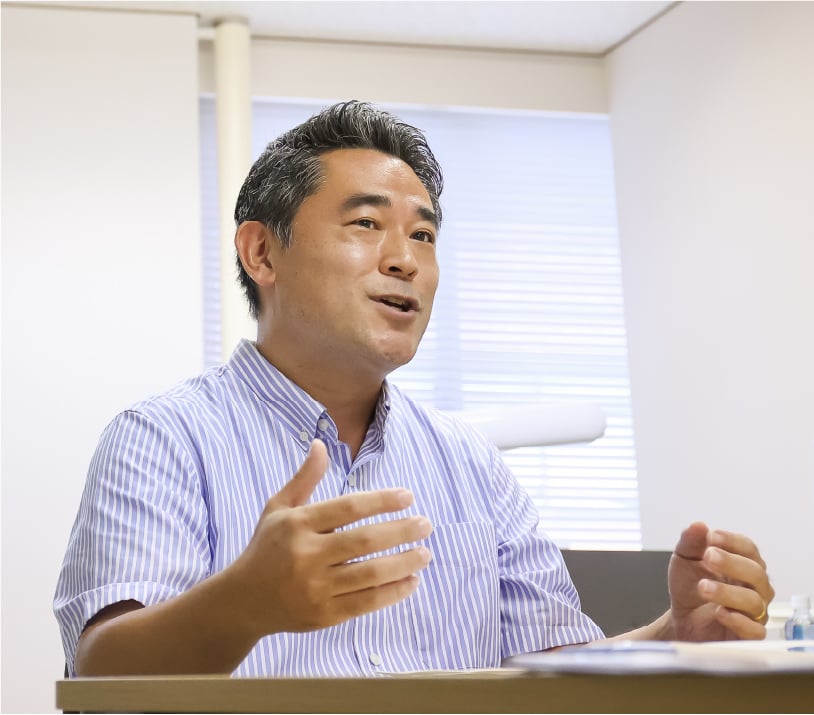
An area where students and faculty can
work together to establish a new field
Although it is important to contemplate the relationships between countries from both Western and non-Western perspectives, it is meaningless to let oneself fall into the trap of choosing one approach or the other. The challenge of GIR is to incorporate non-Western perspectives, say Islamic for example, while also transcending such dichotomy. In this sense, GIR is still very much a developing approach. Conversely, because it is a field where you find yourself at the forefront of its development, it is dynamic in that it also allows students to play a leading role.
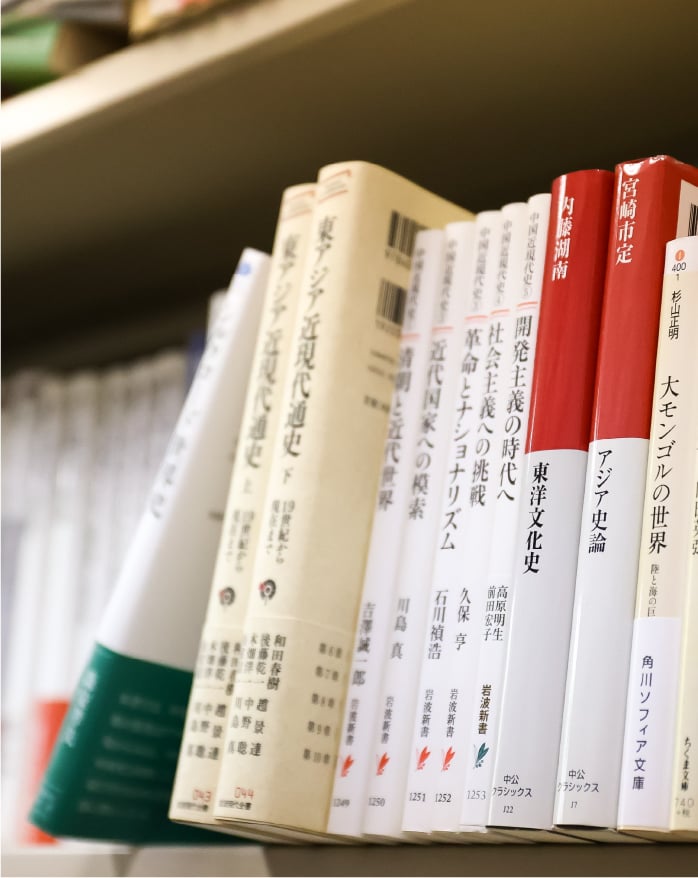
Critical perspective:
What we want students to learn by
studying in both Kyoto and Washington D.C.
Like climate change and the COVID-19 pandemic, there are many issues in the world that do not have a “correct” answer. In the same way, the relationships between countries need to be considered from a variety of viewpoints, not just Western or non-Western. What is crucial to this process is “critical imagination.” Being critical does not mean looking for flaws, but rather having a skeptical eye at common sense understandings and dominant views, and seeking one’s own opinion.
In other words, it is important to acquire a critical perspective. It is not easy to cultivate a critical perspective, but within the program, students can learn by moving between two different environments: the United States, which is the center of the Western world, and Japan, which is in-between the East and the West. Doing this, I believe, will allow students to gain a first-hand understanding of the different views and ways of thinking.
While studying in the United States, Japanese students will definitely be asked what Japan’s position is on certain issues and what kind of country Japan is. To be able to answer these questions, they will need to (re)discover their identity as a Japanese and to develop an understanding of Japan’s history and culture. Studying in Kyoto will facilitate such process. The same applies to the students from American University. This is what makes studying in very different cities of Kyoto and Washington D.C. so meaningful, and what gives value to immersing yourself in the respective societies.
